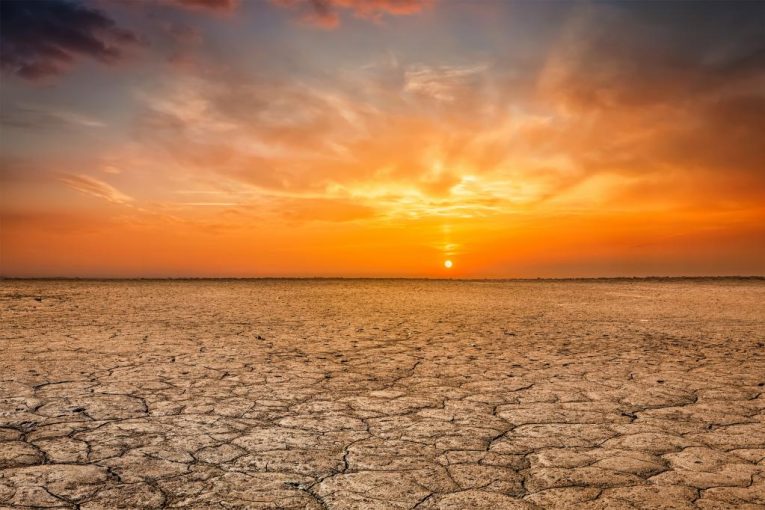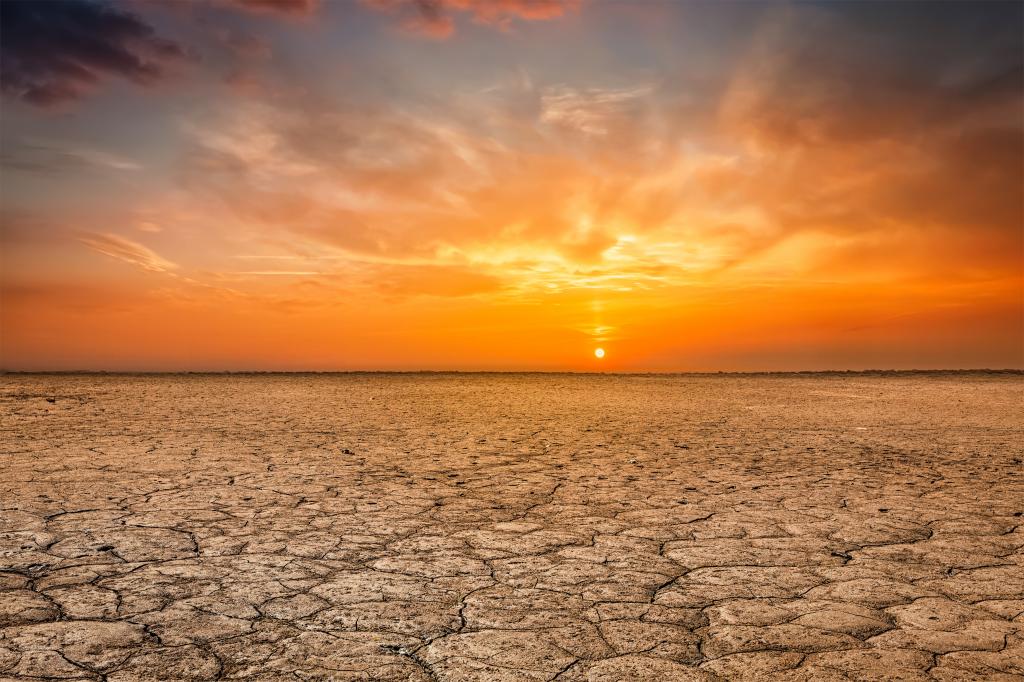

By David M. Greenwald
Executive Editor
While there are outright deniers of climate change who have considerably hijacked the discussion and hindered progress toward a solution, there have also been a large swath of people who have underestimated the impact and the pace of climate change.
That has become more and more evident as we have seen the impact of severe heatwaves and drought, and the economic disruption the advance of these impacts will create.
The NY Times today notes that “the pace of climate change” is sending “economists back to drawing board.” They add, “They underestimated the impact of global warming, and their preferred policy solution floundered in the United States.”
The article for example notes Yale Economist William Nordhaus who attempted in the 1970s to create a model to gauge the impact of global warming on economic growth.
They note that Nordhaus earned a Nobel Prize for Economic Sciences in 2018 and “became a leading voice for a nationwide carbon tax that would discourage the use of fossil fuels and propel a transition toward more sustainable forms of energy. It remained the preferred choice of economists and business interests for decades.”
This month President Biden signed the Inflation Reduction Act which included about $392 billion in climate-related subsidies.
“The nation’s biggest initiative to address climate change is built on a different foundation from the one Dr. Nordhaus proposed,” they write. “Rather than imposing a tax, the legislation offers tax credits, loans and grants — technology-specific carrots that have historically been seen as less efficient than the stick of penalizing carbon emissions more broadly.”
Why such a different direction?
This is the key point: “Climate change has moved faster than foreseen, and in less predictable ways, raising the urgency of government intervention.”
They also note that technologies like solar panels and batteries “are cheap and abundant enough to enable a fuller shift away from fossil fuels, rather than slightly decreasing their use.”
A big problem is that Nordhaus’ model drew “criticism for underestimating the havoc that climate change would wreak.”
This is a critical problem. People for years have dismissed dire warnings as worst-case scenarios—but most models have actually underestimated the problem.
Another key point—the field is starting to learn that “simply tinkering with prices won’t be enough as the climate nears catastrophic tipping points, like the evaporation of rivers, choking off whole regions and setting off a cascade of economic effects.”
Again, this isn’t speculative doomsday thinking—we are starting to see it.
Heather Boushey, a member of the White House’s Council of Economic Advisers told the Times, “So much of economics is about marginal changes… With climate, that no longer makes sense, because you have these systemic risks.”
The Times points out that for many the approach pioneered by Nordhaus “was increasing[ly] out of step with the urgency that climate scientists were trying to communicate to policymakers. But a carbon tax remained at the center of a bipartisan effort on climate change, supported by a panoply of large corporations and more than 3,600 economists, that also called for removing ‘cumbersome regulations.’”
One problem with carbon prices—they “tend to hit lower-income people hardest.”
They also point out that “without government investment in low-carbon infrastructure, many people would have no alternative to continued carbon use.”
“You’re saying, ‘Things are going to cost more, but we aren’t going to give you help to live with that transition,’” said Rhiana Gunn-Wright, director of climate policy at the left-leaning Roosevelt Institute and an architect of the Green New Deal. “Gas prices can go up, but the fact is, most people are locked into how much they have to travel each day.”
Ryan Kellogg, an energy economist who worked as an analyst for the oil giant BP before getting his Ph.D., now works at the public policy school at University of Chicago and is working with an interdisciplinary consortium including climate scientists.
He has come to two conclusions, “that fossil fuels needed to be phased out much faster than previously thought, and that it could be done at lower cost.
“If you want to get rid of some of the carbon but you don’t think it’s worthwhile to invest in deep decarbonization, keeping a price on carbon is probably a good idea,” Dr. Kellogg said. “If you’re going to zero, and really cleaning the grid, you want to use that clean electricity to electrify other stuff, and you want it to be cheap.”
The Times explains, “That’s why the Inflation Reduction Act wasn’t only a concession to the political reality that taxes are a hard sell.”
The Times adds that “most economists still think there’s an important place for carbon pricing, and squirm when the White House pushes for lower gas prices.”
James Stock is an economist who serves as vice provost for climate and sustainability at Harvard University.
“Economists could be faulted for not shifting quickly enough as these prices have fallen so surprisingly,” Dr. Stock said. “My criticism wouldn’t be, ‘Why did you start with a carbon tax?’ but, ‘Why didn’t we embrace the investment strategy five years ago?’”
While the Times focused largely on how the field of economics has adapted to the new reality, I think a key point here is that we all have to adapt to the reality that climate change is not only here, but it’s going to impact things a lot more quickly and in ways that people did not anticipate. Moreover, things we thought we knew a decade ago may prove wrong, and mostly in ways that are far worse than expected.


I posted earlier that most “clean electricity” is anything but clean. My comment was deleted for some reason. Can I get an explanation as to why?
I was making the point that most electric plants use carbon based fuels in order to produce energy for electricity. We are going to need even more electricity the more we go the all electric vehicles (in CA by 2035). Where is the fuel to power these plants going to come from, mostly carbon based would be my guess. So calling it “clean electricity” is a total misnomer.
When you say that most “clean electricity” is anything but clean, what do you mean? For instance, only 16 percent of PG&E’s electricity package comes from Fossil Fuels, the rest is carbon free.
Nationwide renewables only account for 20% and nuclear also accounts for 20% The other 60% is powered by fossil fuels:
And this doesn’t even account for an increase in the number of power plants that will be needed in order to power all the new all electric vehicles.
They never address that, nor do they address the vast improvements in the grid that would be needed to burn those fossil fuels (to create electricity). And along those same lines, the accidental or purposeful blackouts from utility companies, when folks are ultimately / entirely dependent upon the grid.
From article, above:
He’s got that “backwards”. Economic growth is ultimately at the heart of global warming. (Especially when combined with population growth.) There is no way around this – the only possibility is to reduce some of the impact that would otherwise occur.
Evidence of that can be seen during the Covid pandemic “shutdown” of much of the economy. Greenhouse gas emissions dropped during that period, accordingly.
I sometimes wonder what would happen if we “burned up” all viable fossil fuels over the course of say, five years. Get it over with, so to speak. (Just kidding, sort of.) I still suspect that this is ultimately what the “world” will do – burn up all fossil fuels – at least those which are economically viable to extract.
Of course, if there were a lot fewer people, we could all be driving Hummers and have the same impact as more people, driving Priuses (or totally-electric cars). Might even be able to water a lawn or two, if the underlying problem was actually addressed.
Michael Moore’s “Planet of the Humans” notes some of these problems, as well.
The only “real” deniers which exist these days are those who think “technology” will prevent this.
Same thing regarding food, water, etc. All interconnected.
Current sources of PG&E’s energy for retail customers as of 2020.
Of course, this also doesn’t address where they plan to obtain additional sources, as the government forces a switch to all-electric sources.
Percent of Bundled Retail Sales (Power Content Label)
Eligible Renewable
30.6%
Fossil Fuel-Fired
16.4%
Nuclear
42.8%
Large Hydroelectric
10.1%
https://www.pgecorp.com/corp_responsibility/reports/2021/pf04_renewable_energy.html